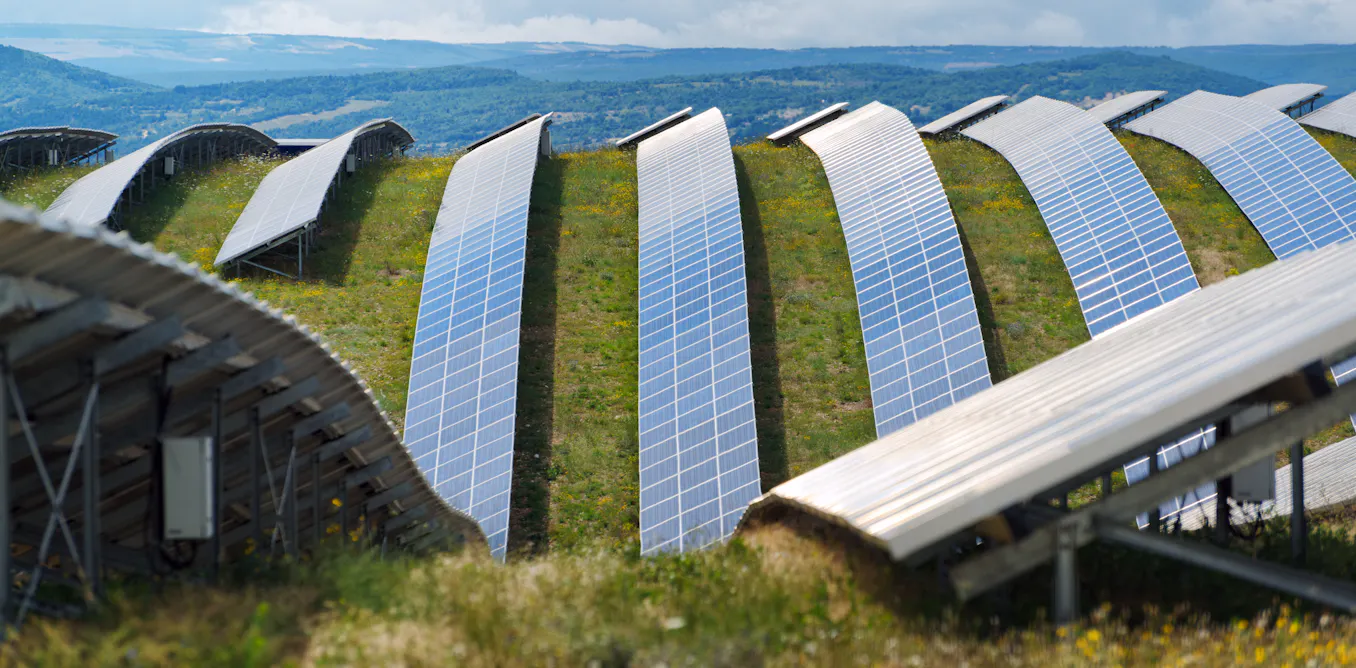Five Things to Consider in Going Solar in Austin
Five Things to Consider in Going Solar in Austin


The sun shines everywhere, but going solar is a bit different in each place. Here are 5 things to consider when looking to go solar in Austin.
Understand Your Needs and Your Site
There are many dimensions to this, but begin with the obvious. Do you have unshaded or partially shaded areas of your site that can support solar? Do you need to build a structure in that area or can you use the roof or existing infrastructure? Go through your bills and look at your patterns of energy consumption and decide what kind of impact you would want to make on offsetting that energy use.
Are you thinking about resiliency and do you already have a plan for that? Backup power capabilities can ensure you don’t lose power during an outage. It is important to also consider how much backup power you think you need. We recommend running scenarios to decide exactly what you are looking to solve.
If this is new construction or a remodel, consider the choice of electrical systems, HVAC and appliances to manage your overall level of consumption. Solar gets less expensive if it is smaller and still accomplishes your goal.
Understand the Technology
The basics of converting sunlight into usable power are fairly standard at this point. The choice of the system architecture is still an open design question. Whether you are looking at high-efficiency solar panels, architecturally integrated panels, or more commodity panels may help determine the price class your system can fall under.
The choice of inverter is also critical. Microinverters, string inverters, or hybrid inverters are options to solve different types of site constraints or future system capabilities.
Battery-based systems also demand scrutiny. How a system responds to high instantaneous power needs or lasts as long as you intend can influence whether we recommend a DC-coupled, AC-coupled, power stacking, or generator-integrated system.
We recommend you think carefully about what you need and evaluate the solutions based on that criteria.
Understand How Austin Energy Bills and Credits for Solar
Austin is unique in many ways- how solar economics works is one of the things we call weird. Austin Energy’s policy for grid-connected solar systems is called Gross Metering. This is distinct from Net Metering and does not have a buyback rate that is different from the voided cost. Instead Austin Energy uses an innovative concept called the Value of Solar (VoS). Simply said, the VoS is a calculated rate that equals the utility’s cost-neutral value of solar energy equal to the cost of energy delivered by traditional means to the same place and at the same time. It is calculated using a transparent methodology that considers the locational cost, time cost, congestion cost and environmental cost of delivering the equivalent energy to your site. The alternative for Austin Energy is to buy power from the ERCOT market that could be produced by any number of generators (fossil fuel, wind, etc), transmitted across great distances, and competing with all the other demands on the grid at that moment. Solar solves each of these very elegantly. Solar is produced during the day, is clean and travels from your roof to your fridge without going anywhere else.
Now how Austin Energy then bills you, the consumer, takes a little unpacking. The first thing to know is that AE decouples your energy consumption and your solar energy production. What it takes to run your building will look like your total consumption. Add up all the loads, and how long they run and you will get your total consumption. If you have solar on the roof, some of the loads will be powered by solar (during the day) and some will be served by the grid. This is just a fact of how electricity likes to flow.
Austin Energy will meter (track) the power from your solar system and track the energy they send to you and do some math to arrive at your total consumption. They bill you on this total and according to the tiered rates they have in place.
Then- and this is the great thing- AE will credit you at the Value of Solar rate for all of the KWH that is generated from your solar system, regardless of where the electrons go. Imagine you are out of town for a month in the summer and your consumption is very low, but your solar production is high. Some of the solar energy will flow to the grid and you will still get the full Value of Solar for that production.
The VoS is evaluated every 3 years by looking at the rates in the energy market. Based on the real events of the last few years, the rates in the power market have gone up, which will push the VoS up higher in the years to come. This will basically make your solar system produce higher value KWH over time.
Are You Eligible for a Rebate?
Austin Energy offers a $2,500 rebate for residential customers provided they meet the eligibility requirements. You can only get a rebate if you use a solar company that is on the Austin Energy's participating contractor list. Your chosen solar company will apply for the Austin Energy rebate for you. After the solar company applies for the rebate, Austin Energy reviews the application to make sure that the project meets program guidelines. If the project is approved, you will receive a rebate confirmation letter. Once the system has been installed and given PTO (Permission to Operate) Austin Energy will send you a check for $2,500.
Think About the Future
- Consider whether your energy use will increase over time, such as adding an electric vehicle, home office, or additional home appliances. Install a slightly larger system or ensure you can increase the size at a later date to help meet these potential needs.
- Battery storage compatibility - If you choose not to add storage right away, ensure your system is compatible with battery solutions that you may want to add in the future.
- Maintenance and warranty considerations - check the warranties on all the major components of your system - solar panels, inverters, batteries. Many components now come with a 25 year warranty. Perhaps most importantly, check the workmanship warranty of your installer. Have they been in business for a long time? Do they have a good reputation and good reviews. Do they have a service department?
- Resale value and home appreciation—According to a Zillow study, solar panels will increase the value of your home by about 4%. Ensuring the system looks integrated with your home, and is easy to transfer and manage can appeal to future buyers.











